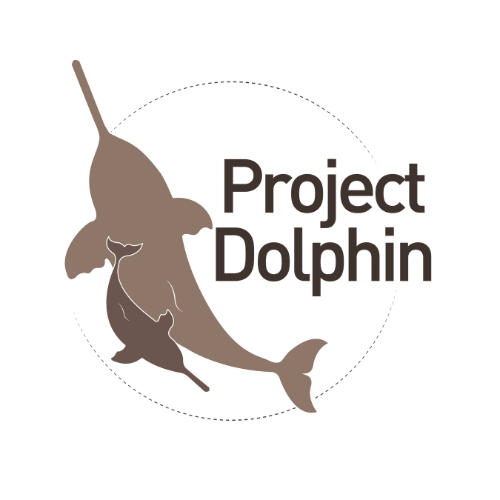ABOUT
PROJECT DOLPHIN
Towards conserving India’s National Aquatic Animal, the Ganges river dolphins, its associated species, and restoring their habitats
Project Dolphin is an effort to conserve the Ganges river dolphins and the riverine ecosystem. This was launched by the H’ble PM Shri Narendra Modi in the year 2020. The project is funded by the Ministry of Environment, Forests and Climate Change, India. It involves a systematic status monitoring of the target species and their potential threats, in order to develop and implement a conservation action plan. It aims to address the existing conservation concerns and to empower the stake holders to participate in conservation of dolphins. Dolphin acts as an umbrella species, and its conservation will contribute to the wellbeing of associated habitat and biodiversity, including humans.

Why
Conserve the dolphins?

The genus of the Ganges river dolphins, Platanista, are the oldest of the freshwater dolphins in the world, in terms of its evolutionary origin. Although marine fossils of this genus have been discovered, these dolphins, today, are a freshwater habitat species and are confined to the waters of the Indian subcontinent.
How
We aim to conserve?

This project works towards understanding the past status of the Ganges river dolphins, the associated species and their habitats through review of literature, the current status by collecting primary data on field, and using statistics and experience to plan for the conservation effort required ahead.
What
We have done so far?

The Project Dolphin was launched in 2020, however, we, at the Wildlife Institute of India have been working on Development of Conservation Action Plan for the Ganges river dolphins through Our Species Conservation Programs, funded by the CAMPA, since 2016.
How
Do we do these?

For assessing the current status and collect primary data, we develop, test and standardize a scientific protocol. It includes getting trained at using required instruments that are instrumental in addressing the objectives and improving the methodology for accurate results.

